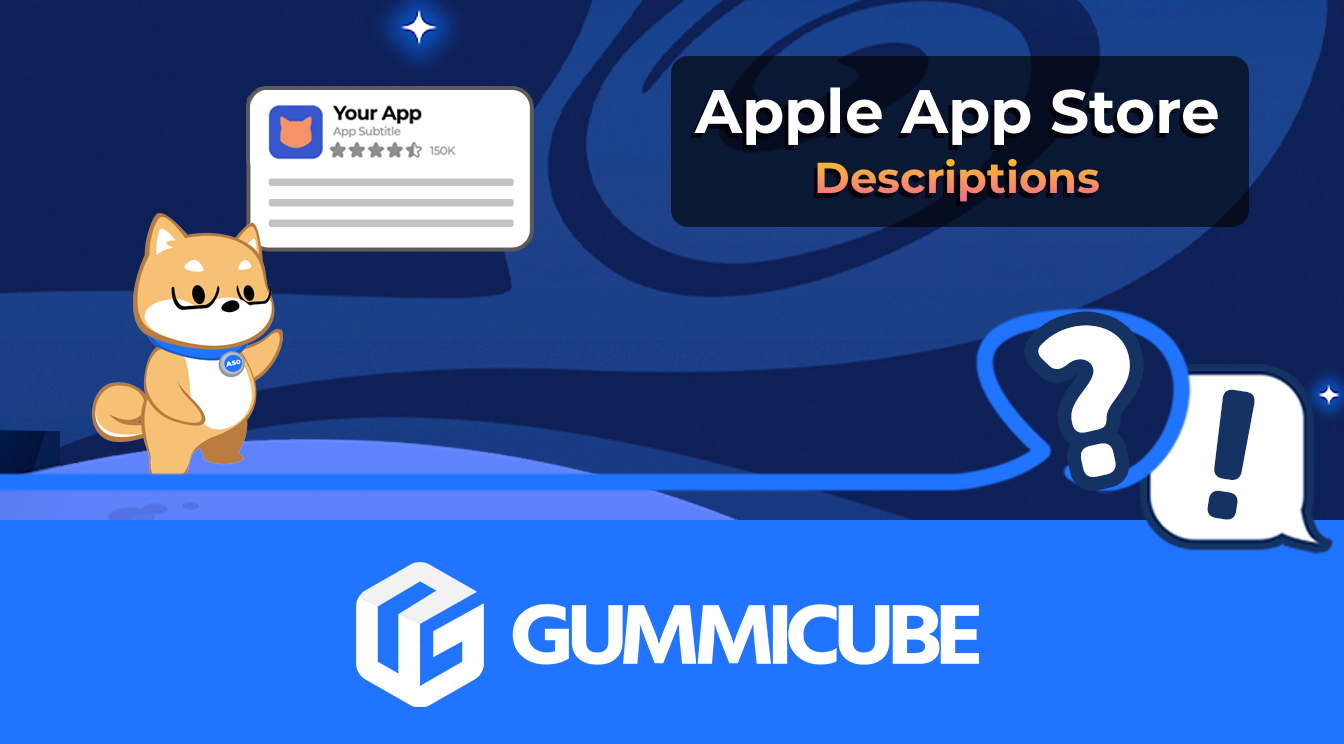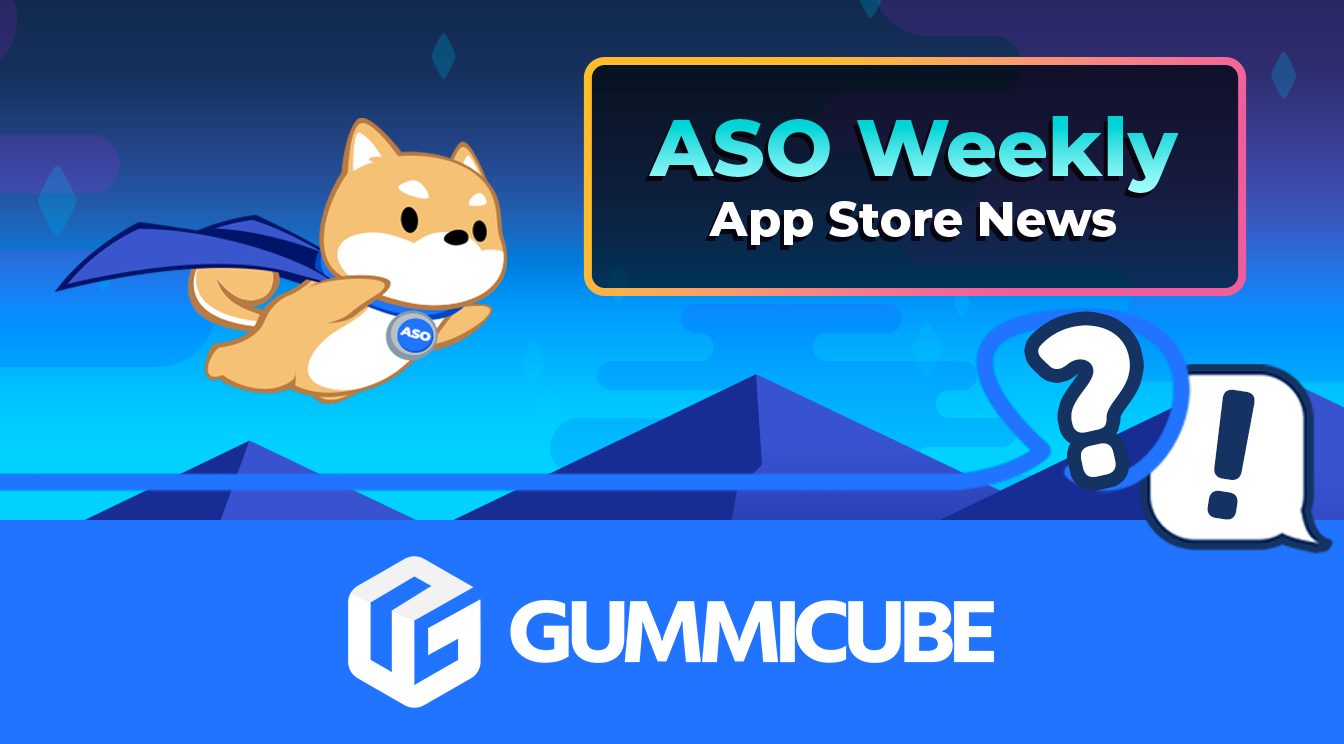
How to Write an Apple App Store Description
Posted on July 17th, 2024
Learn how to approach App Store descriptions the right way so you can effectively engage and convert users.

Choosing a name for your app is important in more ways than you might think. Not only is it key for your branding and informing users of its purpose, but it also is essential for App Store Optimization. Your iOS app’s title and subtitle influence your keywords, provide value propositions and have an impact on conversions, so you should fully understand the best practices for naming your app.
The app’s title space is one of the three fields the App Store uses for declaring keywords, along with the subtitle and keyword bank.
In addition to the name itself, developers should use this space to include additional information about the app. This will help utilize the available characters the title space provides to target more keywords. Every keyword used adds more terms and phrases an app can appear in searches for, so it is recommended to make full use of that space.
At the same time, the title cannot be a series of keywords crammed together. The name must make sense to users, conveying the purpose while integrating keywords naturally. Otherwise users may be repelled by the incoherent title or subtitle, while the App Store may flag the app for keyword stuffing.
The subtitle, which appears underneath the title on the app page and in search results, is also used for keywords. Like the title, this is user-facing, so the keywords must be used in a natural-sounding way that conveys the app’s purpose.
The app’s title should serve as both branding and information for your app. This can help your conversions by also by letting users know upfront that your app has the functionality they’re looking for, as well as helping build brand identity.
For instance, assume there’s an app for water conservation called “Drought Helper.” The name creates a brand, but only uses 14 characters. The full title on the App Store could then be “Drought Helper: Conserve Water” which uses exactly 30 characters and lets them know that the app is designed to help with conserving water.
App titles can include terms that hype it up, like “epic racing game,” but should still include relevant information about what the app is. If the app’s title is just “Super Cool Useful App,” that doesn’t provide users with relevant information about why they’d want the app or what it can provide them.
The subtitle also provides similar information. Think of the subtitle as the elevator pitch, 30 characters to explain what the app is and why users should download it. Informing users about what the app can provide them will help encourage them to click through and install.
Titles should find a balance between keywords, information and branding. Many apps for large, well-known brands rely on brand name alone and do not include any additional information in their titles. While brand names can help, the name alone does not guarantee conversions. At the very least, users searching for that brand will be able to find it, but it leaves space that could be used for keywords blank. Using that space can help improve discoverability and provide information for users unfamiliar with the brand.
As of recently, developers have reported a bug where, if an app is exactly 30 characters long, the last word in the title will not be indexed for keywords. While this is an issue Apple is working on addressing, in the meantime it’s advisable to either get the title to 29 characters or fewer, or if that’s not possible, the last word should be unimportant for the app’s keywords.
While the balance between keywords and information may seem tricky at first, there are several good examples of apps that have struck it nicely:
By keeping these best practices and examples in mind, you can give your app a title that has strong branding, identity and information. This can help users find your app and convert as part of your App Store Optimization strategy.
Want more information regarding App Store Optimization? Contact Gummicube and we’ll help get your strategy started.

Learn how to approach App Store descriptions the right way so you can effectively engage and convert users.

Learn how to grab your audience's attention through effective and engaging app store preview videos.

Welcome to this week’s ASO Weekly - The App Store halts gambling ads amidst outcry and the Apple takes a bite out of NFT app sales.